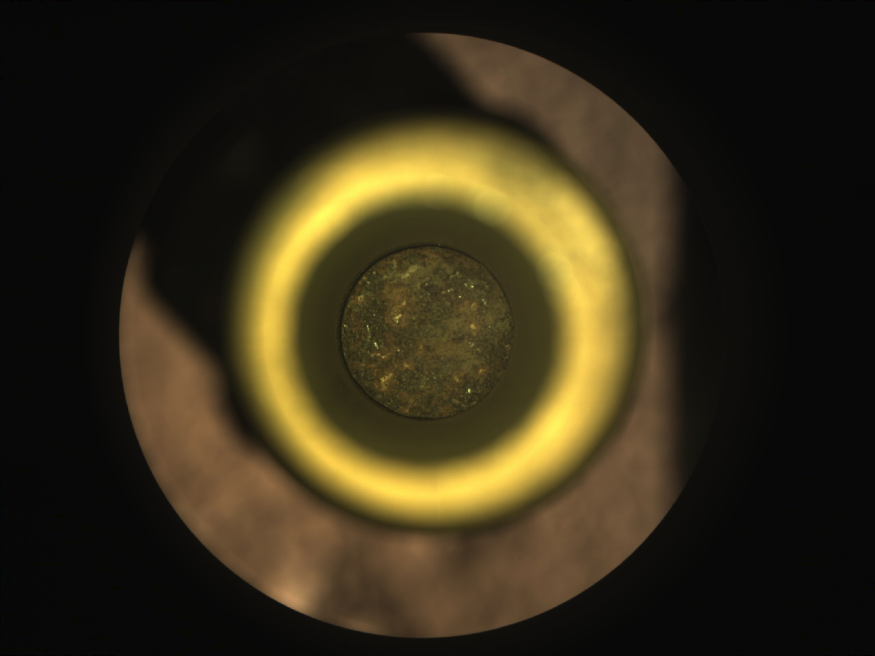NASA's Perseverance was successful in gathering a second sample collection. Some of the images from the rover's Mast-Mounted Camera System or Mastcam-Z captured most of the cored rock that Perseverance gathered in its equipped sample tube.
Perseverance Successful at Imaging the First Rock from Mars

Perseverance is expected to add more of the imaging from the sample tube before the completion of the overall phase of the rock collection from the surface of Mars. The rocks that will be gathered are carefully selected for the scientific observations that will be held remotely from the rover and potentially, back here on Earth.
NASA announced at the beginning of September that Perseverance was able to collect rocks from the Martian planet and was successful at coring it. Among the images transmitted from the rover are the first-ever intact rocks after coring. According to EarthSky, multiple images were captured in the rock coring procedure to provide the best photo possible, as it is expected that the lighting from the planet is not constant and may hide any crucial details. With that said, more images were captured before the sampling proceeds for clear and transparent documentation.
After coring the rock samples, Perseverance, and its cosmic camera companion Mastcam-Z will conduct another batch of imaging before going to sealing and storing the Martian rocks as part of the rover's last phase of collection. The whole process of obtaining rock samples is meticulous and should be monitored in a detailed manner. And although the experts that manage the Perseverance mission are confident that the rocks are collected properly, the rover together with its camera will confirm the presence of the samples in the tube.
ALSO READ : New Hot Jupiter Found; Astronomers Say the Discovery is Twice Larger Than the Gas Giant Planet
Mastcam-Z Captures Images of Every Rock Collection Process
Perseverance's overall process is called Sampling and Caching Process, in which the rover utilizes a rotary-percussive drilling system side by side with a hollow coring orbit. These pieces of equipment are installed at the edge of Perseverance's robotic arm that scales 2 meters in length. Among the purpose of the arm is to conveniently pick up specimens from the red planet's surface.
Mastcam-Z immediately followed on capturing the coring of rocks. The tube was opened to secure that the rocks are indeed present on its temporary vessel. The rock was gathered from a 900-meter ridgeline, which is a spot of the planet that is abundant in boulders and other rock fragments.
After taking the images of the rock being inside the sample tube, Perseverance has proceeded to another phase called 'percuss to ingest.' It will vibrate its equipped drill bit for one second five times consecutively. Through this approach, the rover will be able to clear any residue from the sample tube. In addition, this process will also help the rock sample inside the tube to slide to the most inner portion.
The percuss to ingest procedure is followed up again by the Mastcam-Z camera's imaging. During this phase, the rover processed two batches of images because the majority of the first set was mostly dark due to poor lighting conditions. According to the Jet Propulsion Laboratory, the future imaging of the Mars rover will be conducted in the times of the planet where the sunlight will shine perfectly and give lively lighting.
RELATED ARTICLE : Giant Meteor Lights Up The Sky Over France, United Kingdom
Check out more news and information on Space on Science Times.












